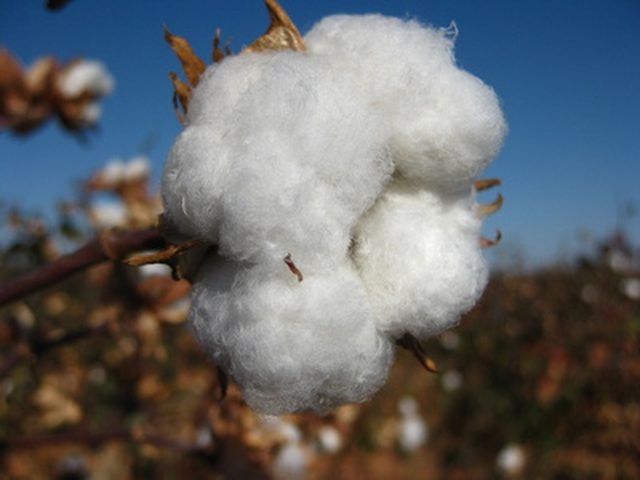Bulbs
Flower Basics
Flower Beds & Specialty Gardens
Flower Garden
Garden Furniture
Garden Gnomes
Garden Seeds
Garden Sheds
Garden Statues
Garden Tools & Supplies
Gardening Basics
Green & Organic
Groundcovers & Vines
Growing Annuals
Growing Basil
Growing Beans
Growing Berries
Growing Blueberries
Growing Cactus
Growing Corn
Growing Cotton
Growing Edibles
Growing Flowers
Growing Garlic
Growing Grapes
Growing Grass
Growing Herbs
Growing Jasmine
Growing Mint
Growing Mushrooms
Orchids
Growing Peanuts
Growing Perennials
Growing Plants
Growing Rosemary
Growing Roses
Growing Strawberries
Growing Sunflowers
Growing Thyme
Growing Tomatoes
Growing Tulips
Growing Vegetables
Herb Basics
Herb Garden
Indoor Growing
Landscaping Basics
Landscaping Patios
Landscaping Plants
Landscaping Shrubs
Landscaping Trees
Landscaping Walks & Pathways
Lawn Basics
Lawn Maintenance
Lawn Mowers
Lawn Ornaments
Lawn Planting
Lawn Tools
Outdoor Growing
Overall Landscape Planning
Pests, Weeds & Problems
Plant Basics
Rock Garden
Rose Garden
Shrubs
Soil
Specialty Gardens
Trees
Vegetable Garden
Yard Maintenance
Cotton Plant Information
Cotton Plant Information. Cotton is simultaneously one of the most historical and economically important plants worldwide. But the cotton fiber that we use every day actually comes from somewhat unique circumstances. In the wild, cotton seed production is much less vigorous, and less bulky fibers are produced. However, cotton is bred, grown and...

Cotton is simultaneously one of the most historical and economically important plants worldwide. But the cotton fiber that we use every day actually comes from somewhat unique circumstances. In the wild, cotton seed production is much less vigorous, and less bulky fibers are produced. However, cotton is bred, grown and harvested in such a way as to yield the most fiber from each crop. Before growing cotton, it is important to be aware of the ways in which the cotton fiber is coaxed from the plant.
Types of Cotton
Although there are a few types of wild species of cotton, these plants produce fibers that are very difficult to refine. Cotton that is grown for harvesting comes from five different types that have been bred and have evolved over the years: Egyptian cotton, Sea Island cotton, American Pima cotton, Asiatic cotton and Upland cotton. The type grown most in the United States is Upland.
Where Cotton is Grown
Cotton grows best between the 45- and 30-degree latitude lines, where the climate is warm enough to accommodate it. Countries like the United States, Uzbekistan, the People's Republic of China and India produce the most.
Characteristics
In the wild, cotton is a perennial plant, meaning that the plant returns for the next year's growing season. However, in commercial cotton production, cotton is treated as an annual, meaning new plants are grown from seed each year. The plants can grow to be about six to 20 meters high, but are kept much shorter in cultivation. Cotton leaves are broad, with anywhere from three to seven lobes on each leaf.
Soil Temperature
Proper soil temperatures are one of the most important environmental elements to developing good cotton plants. Cotton plants thrive on very warm, moist soil. If the soil is too cool (lower than 65 degrees Fahrenheit), then the plants will not germinate or will germinate slowly. Additionally, if the soil is too dry, the plant expends a great deal of energy emerging, and this may damage seeding production, resulting in less fiber.
Life Span
The life of a cotton plant is extremely important to its cultivation. One planted, cotton germinates in four to 14 days. Once the seedling matures into a full grown plant (after about two months), it develops buds. The bud blossoms into a white flower. Ideally, the white flower is pollinated the day that it blossoms, turning the blossom pink on the second day of its life, and then red, on the third day. About five to seven days after appearing, the pollinated flowers drop off to reveal the seed pod, or boll. The boll contains several seeds suspended in fibers. As the boll ripens, the outside turns brown. Then the pod splits and the fluffy fibers seep through the seams. It is these fibers that are harvested for cotton fabric production.
Planting
Typically, cotton is grown on large farms in tilled rows. Before planting in the spring, last year's cotton plants are threshed under. The ground is tilled into rows, and then a mechanical seeding machine sows the seed. The machine makes a hole for the seed, drops it in, and covers it up with soil.
Harvesting
Once the bolls ripen, they are harvested using one of two methods. Using a picker, the cotton fibers are plucked from the burr that holds them to the plant. Then the seeds are removed automatically. Some farmers prefer to use a stripper, which plucks the whole boll and pushes it into a conveyor.